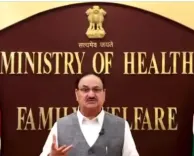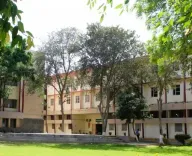Is Delhi-NCR Suffering from Toxic Smog as AQI Surpasses 400?

Synopsis
Key Takeaways
- The AQI in Delhi-NCR has reached a dangerous level of 400.
- Stagnant winds and lower temperatures are worsening air quality.
- Protests are being held by citizens demanding immediate action.
- Schools have switched to hybrid classes amid health concerns.
- Multiple areas have been classified under severe and very poor air quality categories.
New Delhi, Nov 20 (NationPress) The air quality in Delhi-NCR has significantly dropped on Thursday, with the Air Quality Index (AQI) reaching 400, marking the edge of the 'severe' category, as a dense layer of toxic smog envelops the area. Multiple pollution hotspots reported AQI levels exceeding 400.
The Central Pollution Control Board (CPCB) indicated that stagnant winds and cooler temperatures have trapped pollutants near the ground, aggravating the air quality issues in the national capital and its surrounding areas.
Data from the CPCB's Sameer App highlighted that Wazirpur recorded the highest AQI at 477, firmly categorizing it as 'severe'. Among 39 monitoring stations, Lodhi Road reported the lowest AQI at 269, which still falls under 'poor' air quality.
Locations such as Anand Vihar (427), RK Puram (424), Punjabi Bagh (441), Mundka (441), Jahangirpuri (453), Burari Crossing (410), and Bawana (443) were among 21 regions that slipped into the 'severe' category, according to CPCB data.
Other areas like Aya Nagar (369), IGI Airport T3 (373), Jawaharlal Nehru Stadium (392), Mandir Marg (375), and Pusa (377) recorded 'very poor' air quality levels.
Adjacent regions in the NCR are also grappling with hazardous air, with Ghaziabad leading at an AQI of 422. Greater Noida and Noida closely followed with AQIs of 420 and 409, respectively, both categorized as 'severe'.
In light of the GRAP Stage 3 restrictions, several pollution control measures have been implemented, including a ban on construction activities, water spraying on major roads, and traffic restrictions across Delhi-NCR.
Schools in the national capital have transitioned primary classes to a hybrid model as a precaution due to the persistently hazardous air quality.
Recently, escalating frustration over the deteriorating air quality led to anti-pollution protests in Delhi. Various social organizations, student groups, and local residents rallied, urging authorities to take immediate action and enforce stricter measures, while the Supreme Court has requested the Centre to devise a long-term strategy to mitigate air pollution.









